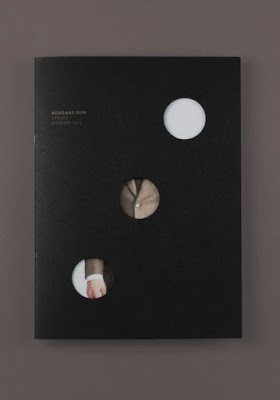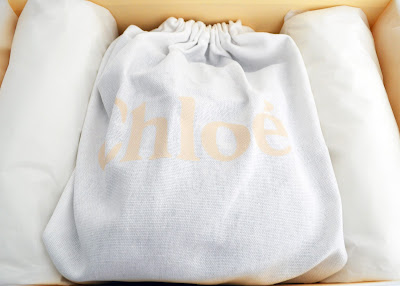The term 'finishing' refers to any post-printing operations through which specialised decorative processes are applied to printed materials.
Embossing / Debossing
Embossing is the process by which dies are used to stamp a relief image on to paper or printed material. Often ink or another substance is used to color or accent the relief image, unless the emboss is 'Blind,' using no decorative inks and keeping the stamped image plain. A similar process, de-bossing, uses a die to stamp a sunken image on the substrate. In either embossing or de-bossing, the substrate passes beneath an embossing plate which carries the engraved die bearing the image. Directly beneath the substrate is a 'counter' die, or a die which bears a relief image of the image engraved on the embossing die. When the substrate passes between these two dies and pressure is applied, forcing the two dies together, a relief image is produced on the substrate.
Foil Stamping
A process similar to embossing, and often performed at the same time as embossing, is foil stamping. Here, a heated die presses against a roll of foil before contacting the substrate, transferring the foil on the die to the substrate in a pattern corresponding to the design. In foil embossing, the embossing and foil stamping processes are performed simultaneously.
Die-cutting
The process of die-cutting uses a different type of die, one which contains knives or creasing rules to cut a pattern into a substrate, or to cut the substrate into a particular pattern. The dies themselves are prepared and engraved for specific jobs out of a variety of materials and in a variety of ways.
Coating & Laminating
A variety of coatings can be applied to printed products, either for extra protection or for decorative purposes - such as creating a high-gloss finish. Combination coatings used for both protective and/or decorative purposes include lacquer coatings and o
verprint varnishing. Overprint varnish may be applied to the entire surface of a printed material, or to only select portions, which in this case is called spot varnishing. Laminating differs from coating in that lamination involves the adhesive bonding of two separate materials or layers of material together. Often, laminating in the finishing sense refers to the sealing of a substrate between two layers of a plastic material.





















